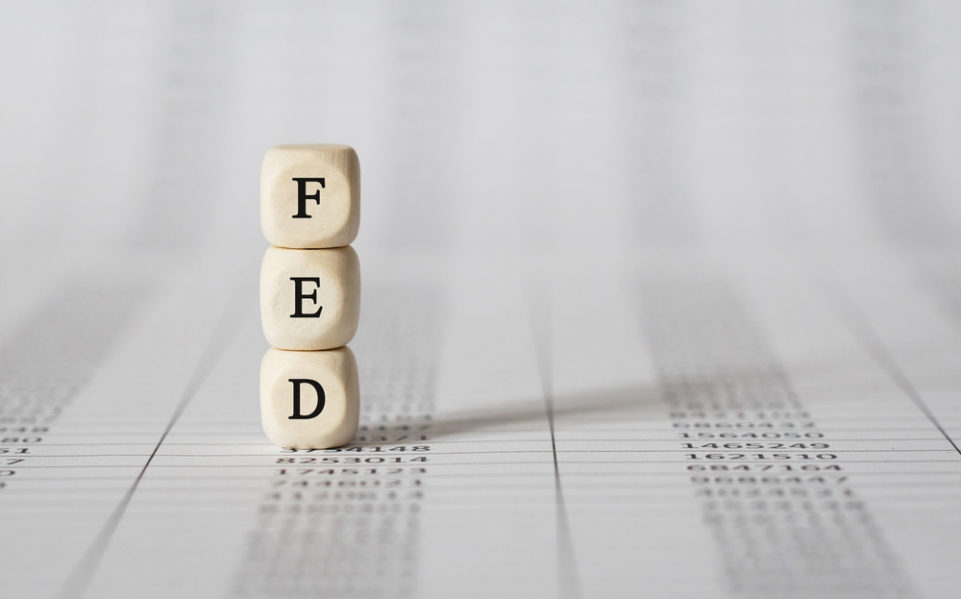
If you have followed any of the financial news outlets, you will hear about the inverted yield curve. Talk like that should get you thinking about short-term interest rates. The Fed Fund rate is one of the tools the Federal Reserve can use to carry out it’s two mandates: price stability and to maximize employment.
The Fed Fund Rate is the interest rate at which banks and other depository institutions lend money to each other, usually on an overnight basis. The law requires banks to keep a certain percentage of their customer’s money on reserve, where the banks earn no interest on it. Consequently, banks try to stay as close to the reserve limit as possible without going under it, lending money back and forth to maintain the proper level.
Like the federal discount rate, the federal funds rate is used to control the supply of available funds and hence, inflation and other interest rates. Raising the rate makes it more expensive to borrow. That lowers the supply of available money, which increases the short-term interest rates and helps keep inflation in check. Lowering the rate has the opposite effect, bringing short-term interest rates down.
Follow me on Twitter @MikeShorrCbot




